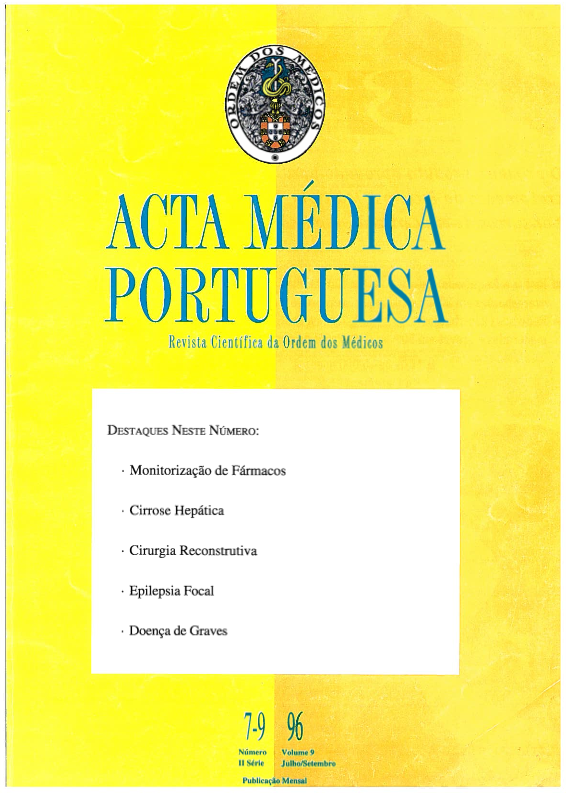Fluorescent products in the crystalline lens of type ii diabetic patients.
DOI:
https://doi.org/10.20344/amp.2601Abstract
A body of evidence suggests that glycation of proteins and the resulting fluorescent products take part in the late complications of diabetes. The purpose of this study was to analyse the fluorescence of lens soluble proteins from diabetic patients. Soluble proteins were obtained from lens with cataract from 20 type II diabetic patients and from 21 non diabetic controls with similar age. The fluorescence of the soluble fraction (EX-360 nm, EM -454 nm) was quantified as a parameter for glycation end products. The glycation of plasma proteins was quantified by fructosamine levels. The fluorescence mean in the group of diabetics was about twice the non diabetic value (p < 0.01). The fluorescence in the diabetics with retinopathy was higher than that of diabetic without retinopathy (p < 0.01). Fructosamine levels were: diabetics 3.1 +/- 1.1 mM, non diabetics 1.9 +/- 0.8 mM (p < 0.001). The results suggest the involvement of fluorescent products, resulting from glycation of proteins, in lens opacification in diabetic patients.Downloads
Downloads
How to Cite
Issue
Section
License
All the articles published in the AMP are open access and comply with the requirements of funding agencies or academic institutions. The AMP is governed by the terms of the Creative Commons ‘Attribution – Non-Commercial Use - (CC-BY-NC)’ license, regarding the use by third parties.
It is the author’s responsibility to obtain approval for the reproduction of figures, tables, etc. from other publications.
Upon acceptance of an article for publication, the authors will be asked to complete the ICMJE “Copyright Liability and Copyright Sharing Statement “(http://www.actamedicaportuguesa.com/info/AMP-NormasPublicacao.pdf) and the “Declaration of Potential Conflicts of Interest” (http:// www.icmje.org/conflicts-of-interest). An e-mail will be sent to the corresponding author to acknowledge receipt of the manuscript.
After publication, the authors are authorised to make their articles available in repositories of their institutions of origin, as long as they always mention where they were published and according to the Creative Commons license.









